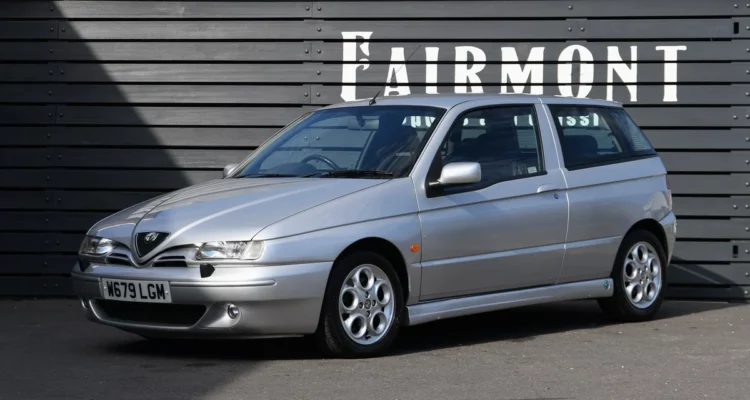The Ford Mustang II – The Forgotten Hero
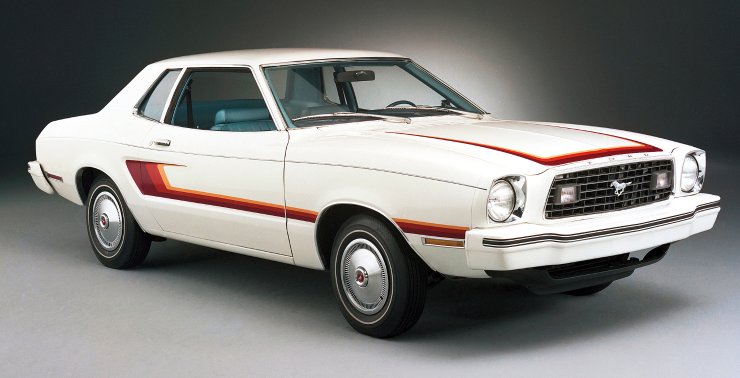
When we first started researching the Mustang II, we were doing so with a view to it being a feature in our ‘Cult Classic’ series. However, as we dug around the internet for information about this odd little car, it became apparent that it was a best-seller. In fact, Ford shifted over a million units during its five-year production run and that… well, that’s surprising because, by all accounts, the Mustang II was not a good car. However, as Lido Anthony ‘Lee’ Iacocca so succinctly put it, “it was the right car for the right time”. But what did he mean by that?
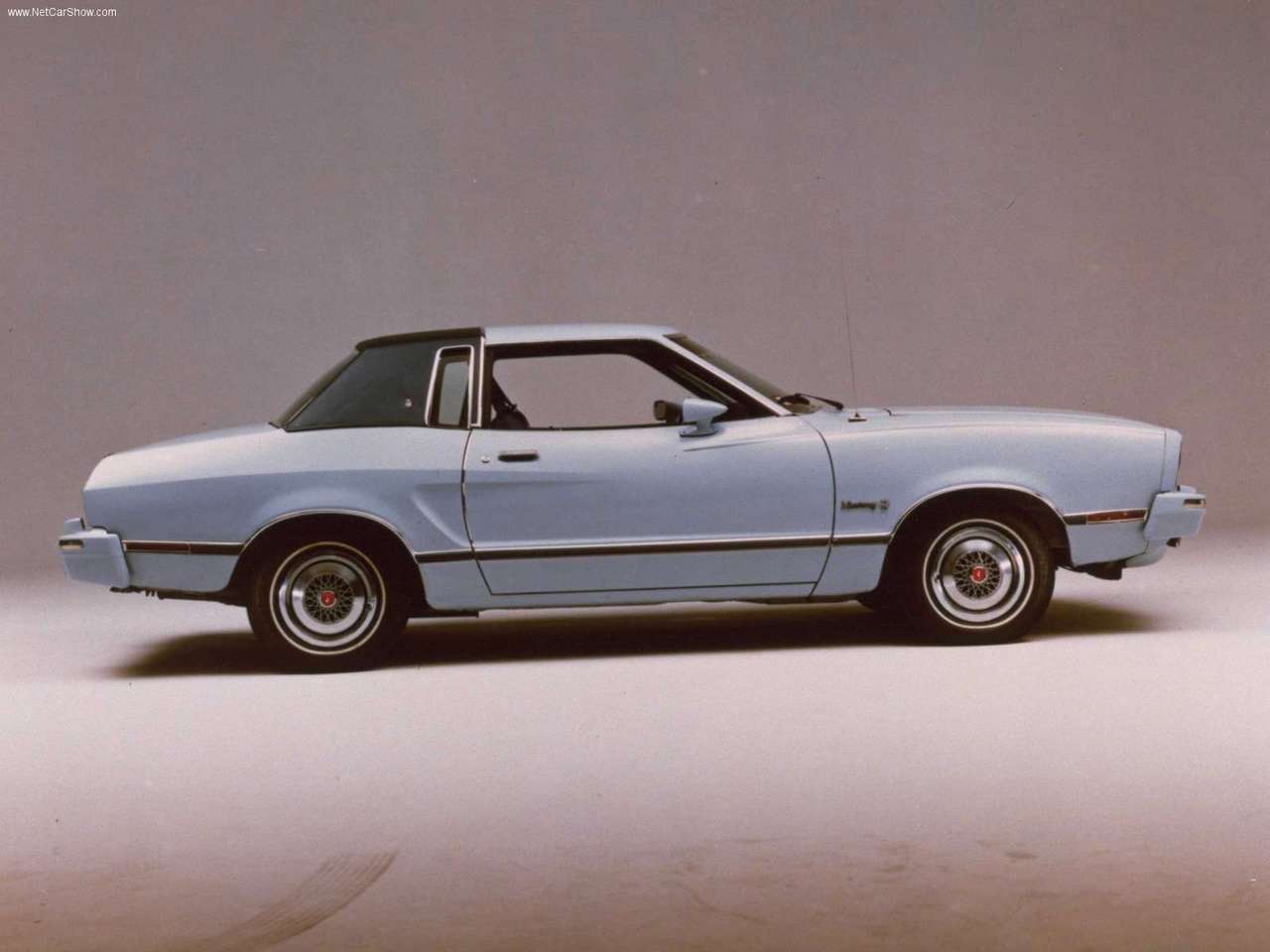
By the early 1970s, the Mustang had grown considerably. The original ‘63 design was based on the small and compact Falcon, but the early ‘70s cars were anything but small and compact. The ‘69, which is regarded by many to be the ultimate Mustang was also the last Mustang to be true to its roots. From ‘70 onward, the Mustang became a caricature of a muscle car, it was too big, too long, too wide and too ungainly to drive. It had lost its way. But in its defence, so had its rivals. The ‘71 Dodge Charger being a fine case in point.
Ford, or more specifically, Lee Iacocca, who had been made the President of Ford Motor Company in ‘70, wanted a new Mustang. A Mustang that was true to its roots, that was small, light and fun. So the new car, known as the Mustang II, would be based on… the Pinto. Right.
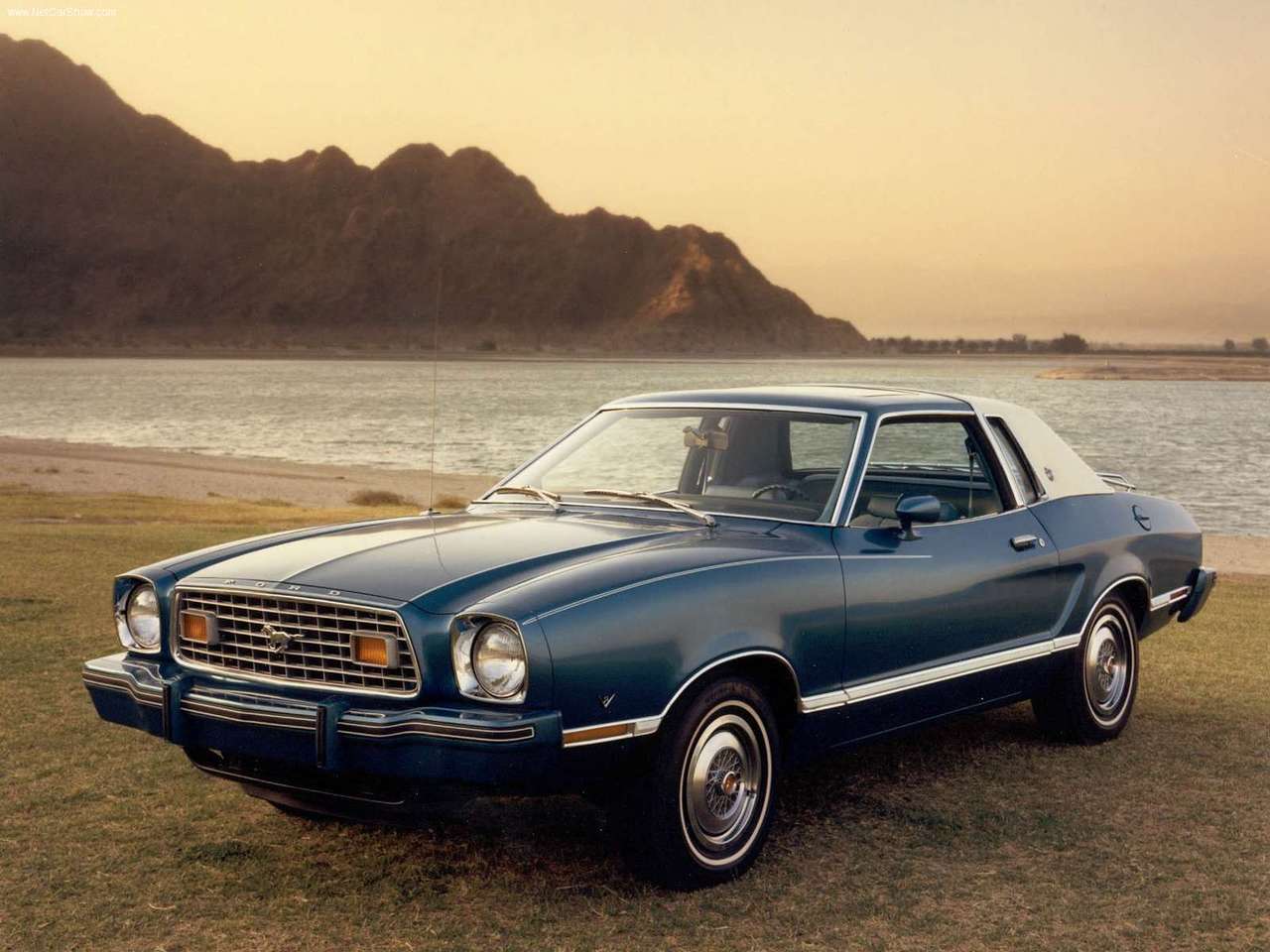
The logic was sound in that the original Mustang was itself based on a small Ford, so you can see where they were coming from. However, the difference here was that the Pinto was a woeful machine. But still, they plodded on. A new body was designed that was said to emulate the spirit of the original, but in reality it looked weird. The body was too squat, especially in two-door saloon guise. The wheels were comically small, the wings flared out too far, the face was too busy in too small of a space. It looked odd. But still, Ford pressed on, confident that this was the Mustang we wanted.
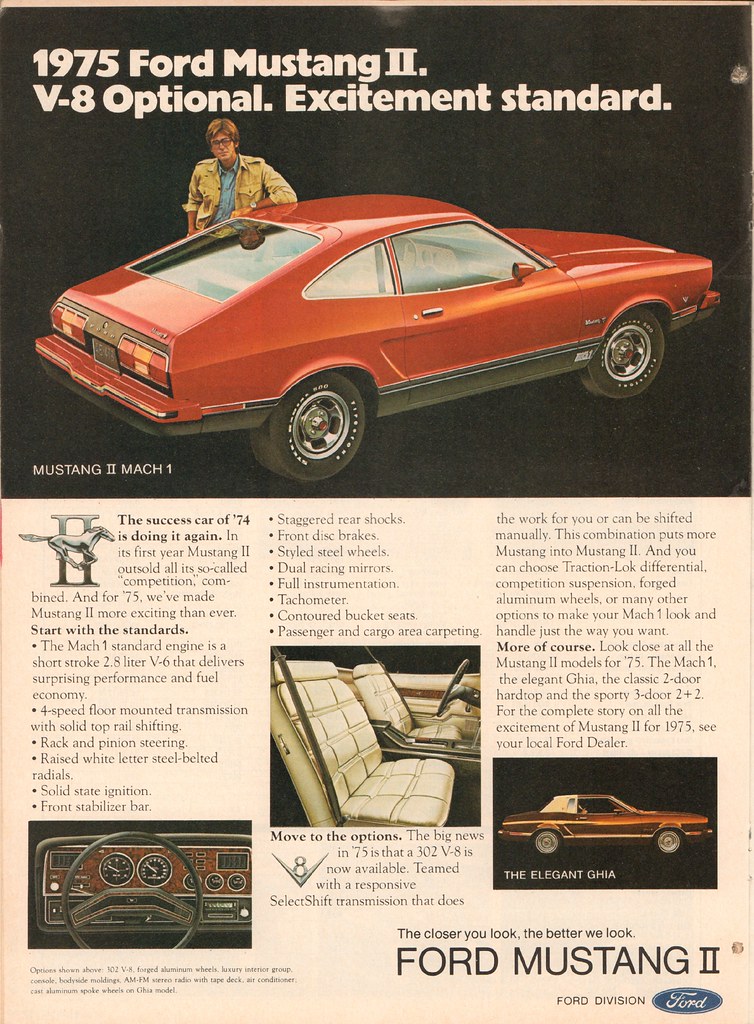
Had that been the end of the story, we’re almost certain the story would have been different. To put this odd little car into perspective, it was up against the Toyota Celica, the Datsun Z Cars, the VW Scirocco, Ford’s own Capri (weird, but the European-designed car was sold as a ‘captive import’ under the Mercury name) and of course, all the domestic cars like the Chevy Monza and the Oldsmobile Starfire. Cars that were all better on every level. The Mustang couldn’t even shout about having a V8, because it didn’t. The ‘74 Mustang II is the only Mustang to never be offered with one. The optional engine was a V6. Standard was four-banger 2.3 Pinto.
Why then, against all that competition, was the Mustang II a success? The Oil Crisis of 1973, that’s why. The launch of the car coincided with fuel rationing and a dramatic increase in fuel costs. By comparison to what it once was, the Mustang was a small and ultimately frugal little car that could be run at minimal expense. The lack of speed, the choked engine due to smog/emission restrictions, the wayward handling – none of it mattered, as the Mustang II was good on fuel. Relatively speaking.
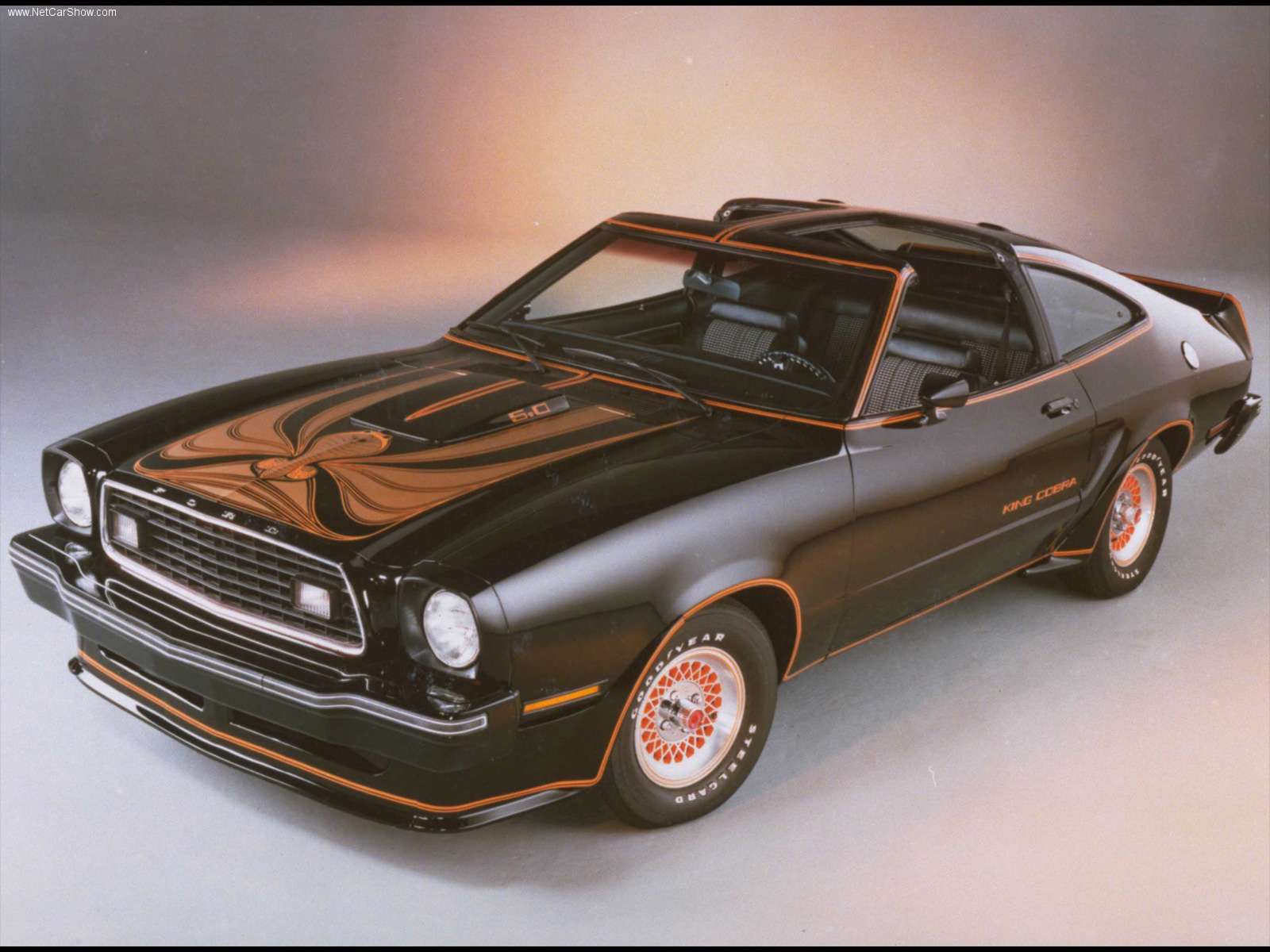
The rivals, specifically those from Europe and Japan were of course more economical. However, this is where timing once again serves to save the Mustang II – America was yet to fall in love with the import car. From an automotive standpoint, America has always been an incredibly proud nation. And there was nothing more American than Ford.
By ‘75, the Oil Crisis was over and this left Ford with a big problem to overcome. The buying public wanted a V8 car again, which was a problem, as the Mustang II was never designed to have a V8. As such, designers had to go back to the drawing board and re-engineer the engine bay of the car so a 5.0 V8 could be wedged in there. Defying the laws of physics, Ford did it and the buying public was happy. By this point, they had bonded with the Mustang II, Motor Trend had named it Car of the Year and now it had a V8. Happy days.
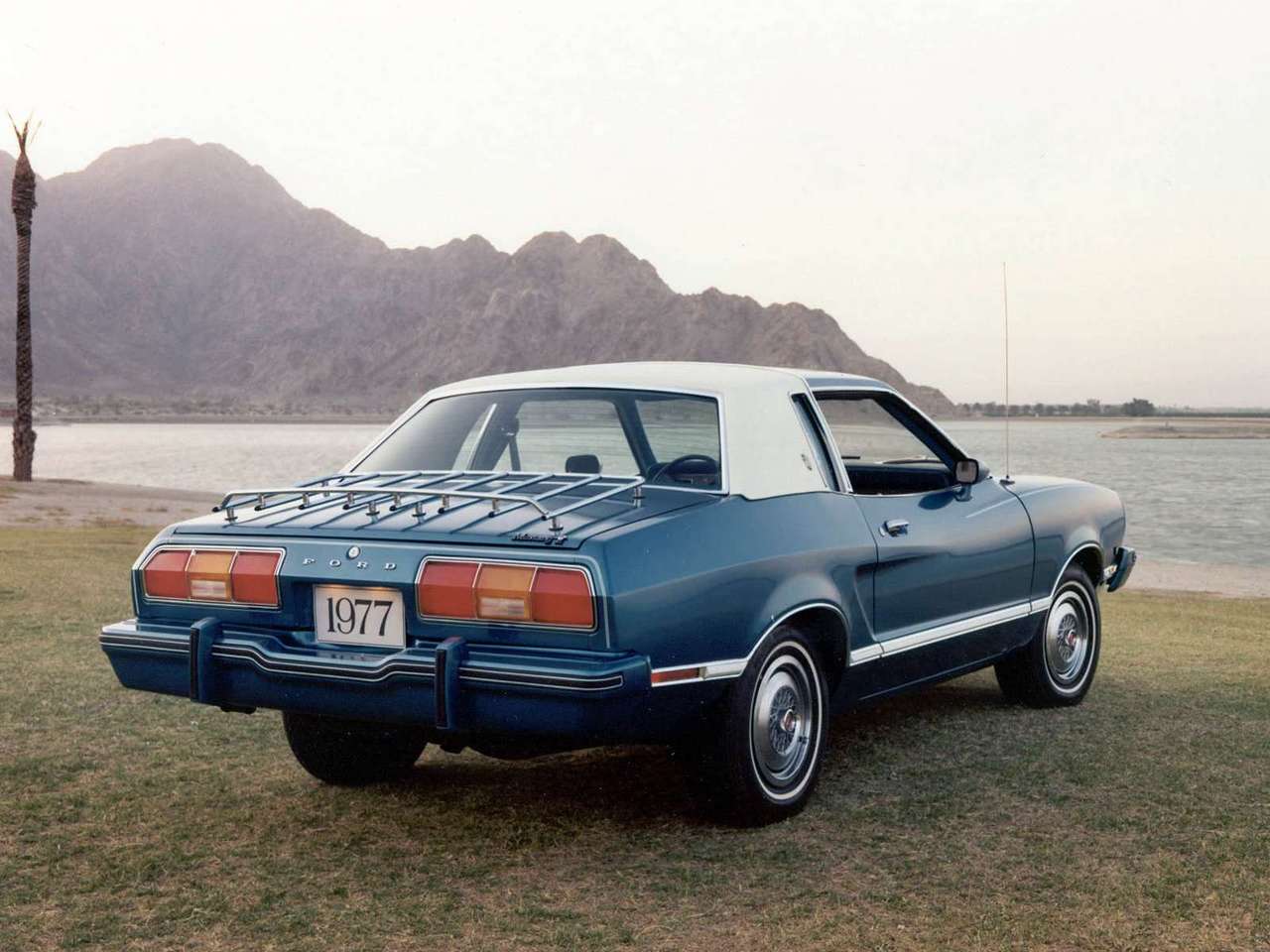
Once Ford had engineered the Mustang II to take a V8, it ran with it. The Cobra II (the II comes from the Mustang’s name, there was no Cobra I) and the King Cobra boasted stripes, vents, a four-speed manual transmission if you wanted, mag wheels, deep spoilers, blacked out elements and a whole lot of attitude. It was a daft-looking thing, but in an endearing way. Crucially, it was enough to keep people interested in the Mustang II.
By ‘78, the sun was setting on the weird, little Mustang II, with Ford having penned an all-new Mustang. Naturally, the II fell out of favour and somewhat cruelly, was largely forgotten. The II never had the following of the early cars, it never had the following of the ’80s ‘Fox Body’ cars, and it certainly never had the following the current Mustang enjoys. Instead, it’s become the subject of mockery, and that seems a little cruel to us.
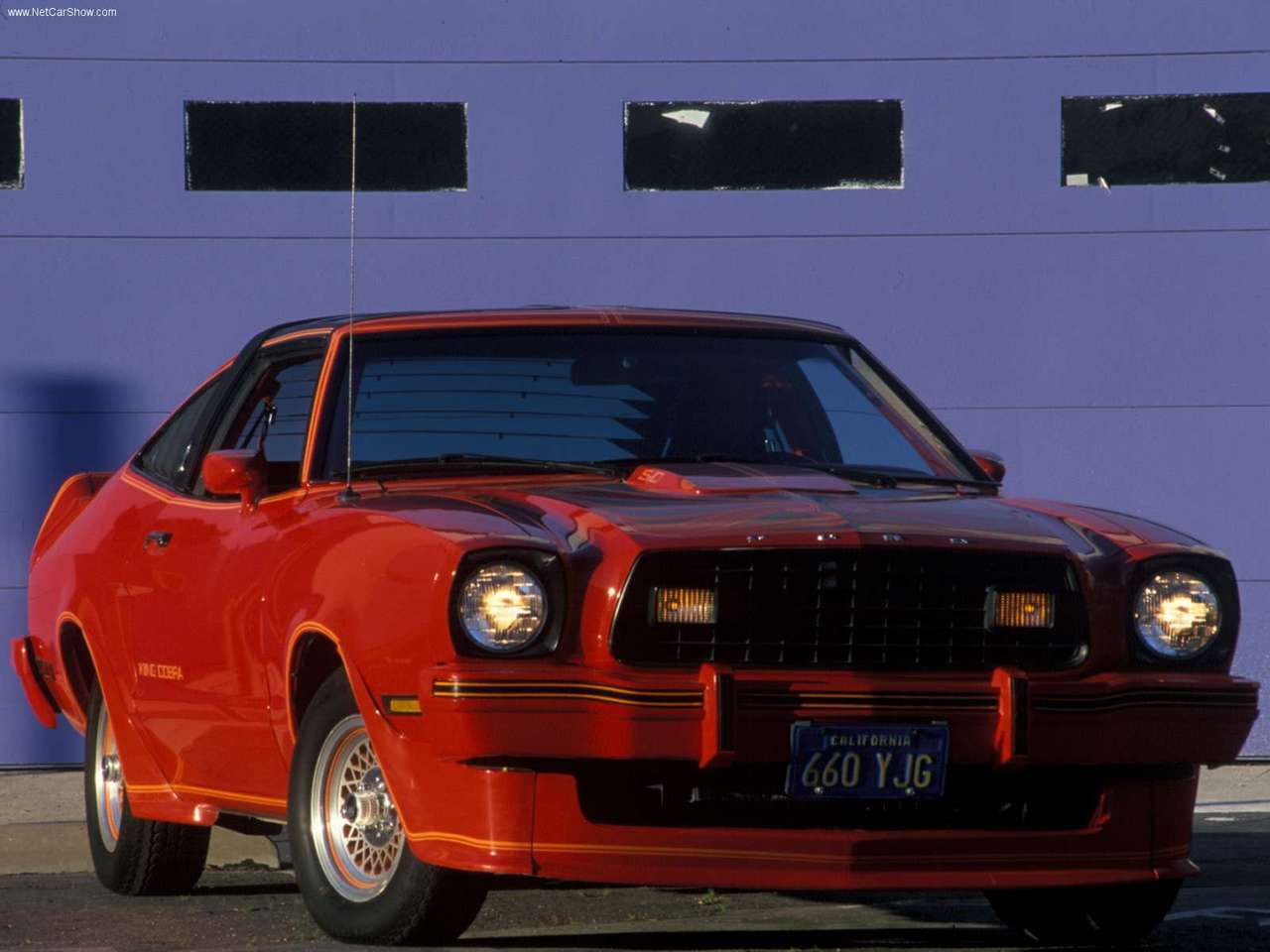
The Mustang II, as we said earlier, sold exceptionally well. Over a million units. That alone should earn it some respect. But more than that, and what most people seem to forget, is that the Mustang II kept the Mustang name alive. It was launched at a time when the rivals were killing off the big names. The Dodge Challenger, the AMC Javelin and the Chrysler Barracuda were all killed off. General Motors considered killing of the Camaro. Ford didn’t adopt this tack though, and instead it made the Mustang fit the brief of what was needed, and in doing so Ford maintained the lineage of the car, lineage that runs right through to today.
The Mustang II might not have been the best Mustang, it might not have been the fastest Mustang, the most exciting Mustang or even the prettiest Mustang, but it was a Mustang. It was just, and we’re paraphrasing Iacocca here, the Mustang we needed at the time.

